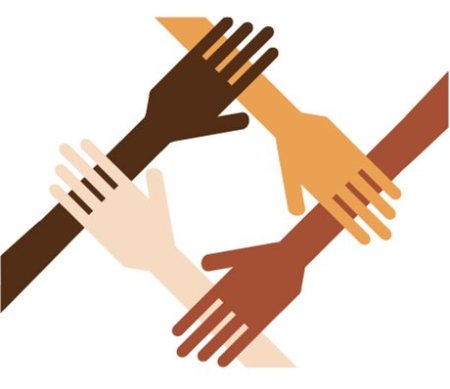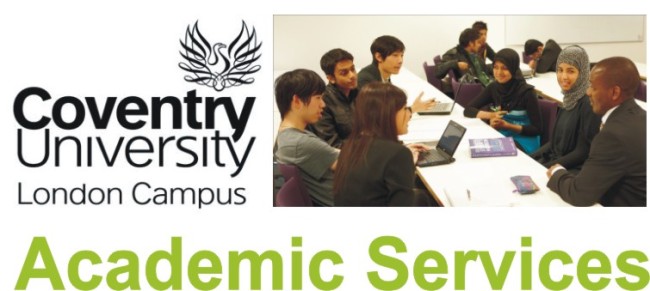It is believed that the only thing that remains constant is change and it is achieved by effective management and competent leadership. Change management is the process of transitioning individuals, teams and organisations to a desire future goal (Murthy 2007). In organizational context, change is implemented by individuals or teams who believe and are capable to implement change. These change agents believe in the alteration of the way thing are done to improve organizational performance (Murthy 2007).
However, fear and uncertainty make some business leader believe there is no need for change management. They believe no change means manager’s job will be easy, strategic planning will be simplified, there won’t be uncertainty, government regulation and policies won’t affect business and technology will be developed to satisfy present needs (Murthy 2007). Despite these notions, it is essential for modern organisational leaders to follow globalisation trends within and outside the organisation.
According to Mullins, the two sources of change are internal and external factors. Internally organisations wants to change their profitability pattern, reorganise the operational set up, respond to conflict within the system, and change the culture and social environment within the organisation. External factors include economic drivers, legislation and politics, competitiveness in the market, and development of new technologies.
According to Lewin’s 3-step model, organisations manage change by forming an integrated approach to analysing, understanding and bringing about change at the group, organizational and societal levels. (Burnes 2004:985). Lewin stressed the management of three-phase process of behavioural modification.
Mullins explanation of Lewin’s model:
- Unfreezing-reducing forces which maintains present behavioural pattern, knowing the need for change and improvement to occur;
- Movement-development of new attitude or behaviour and the implementation of the change;
- Refreezing-stabilising changes at the new level.
Unfreezing- Lewin’s model can be further demonstrated by assessing the change at BP after the 2010 disaster. Bob Dudley was appointed the CEO of BP in June, 2010 to implement and manage the significant cultural change going on at. He set out to shrink the company’s portfolio, adapt to changes in oil and gas regulation, management of information, and changing the company’s strategy from aggressive investment to divestment (Dubois 2012).
Movement- BP set a 10 point agenda in 2011 to implement the changes in phases which include making safety and risk management its priority, improve its employee’s engagement, and reduce its huge portfolio through divestment.
Refreezing- BP was able to pay most of the fines and compensation for the Gulf of Mexico oil spill. The company increased its investment in safety and risk management, technology, renewable energy, and upstream production. The change process generated $38bil through sales of assets as at Dec 2012, significant increase in the shareholder return and the achievement of 71% involvement rate of employees in engagement with company’s strategic priorities (BP 2012).
The change process at BP met resistance at various levels. First, the top managers fear there will be shift of power to the American side considering the CEO is an American. Second, there is the challenge of changing the organisational culture which is based on expansion through organic investment and acquisition, and whether it’s sustainable. Finally, there is resistance from employees and shareholders who fear the change will affect their financial position negatively. Employees also fear there will be massive job loss.
Apart from managing the change process, like Dudley, managers need to minimise and overcome resistance both at the individual and organisational level (Mullins 2013). To overcome the resistance, managers’ needs to (1) understand the role of culture in the organisation, (2) know the drivers of change and (3) Designs comprehensive action plan that indicates the underlying objectives of the change required. This step enables every stakeholder (individuals) to understand the benefits of the change thereby eliminating major fear. Also, managers are responsible for carrying out change process in a cost effective manner.
Resistance as an ally to change process:
Resistance shouldn’t be viewed as negative response to change rather an opportunity to reflect on how rigid organisational culture and individual perspectives are, and the need for more flexible patterns that will reflect the organisational strategic direction. Resistance should be seen as an important ally in facilitating the learning process and developing further plan to effectively implement the needed change (Mullins 2013). Resistance can be an important measurement of change; it reflects on how future plan should be designed, the factors to be considered and methods to be used.
Change Management in the oil and gas industry:
Change in the oil and gas industry is a constant phenomenon. Technology, political regulations and unanticipated incidence form the most factors for change. Managers need to understand the underlying objectives of seeking change, the tools, people and process needed must be identified. Performances indicators to measure change must be put in place. Also, while managing change, resistance to change must be seen as an important tool to the change process. Managers can build on resistance to design an effective change plan.



